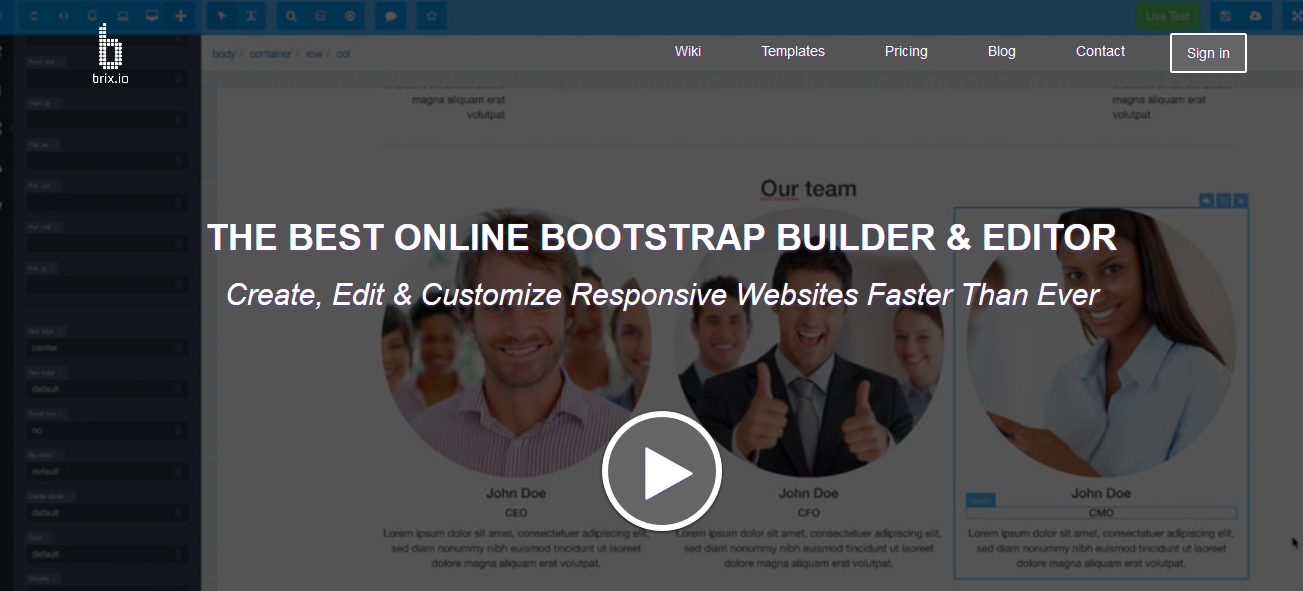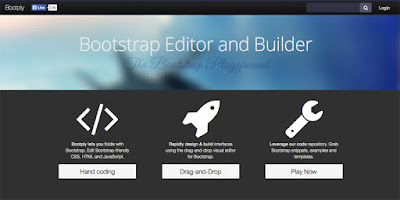5G |
The next evolution of wireless is coming in 2020, and it's going to change the world when it launches! Here's everything you should know about 5G, in one video. (Hint: It's all about self-driving cars and insanely fast wifi speeds!) du, Nokia Networks cooperate on 5G development, conduct Middle East's first 10 Gbps live 5G demo at GITEX Technology Week Nokia Networks and du, the Middle East's fastest-growing telecom service provider, are showing the possibilities of 5G systems for future ultra-broadband and critical machine-type communication for the Internet of Things (IoT) and smart city applications. The 5G radio demonstration at GITEX* Technology Week features for the first time in the Middle East live, ultra high-speed communications of up to 10 Gbps over the air in the promising mmWave band. The two companies today signed an MoU on a set of common objectives for the development and evolution of 5G and IoT. The agreement was signed by Farid Faraidoon

